G7 summit wraps without reaching full consensus on Ukraine
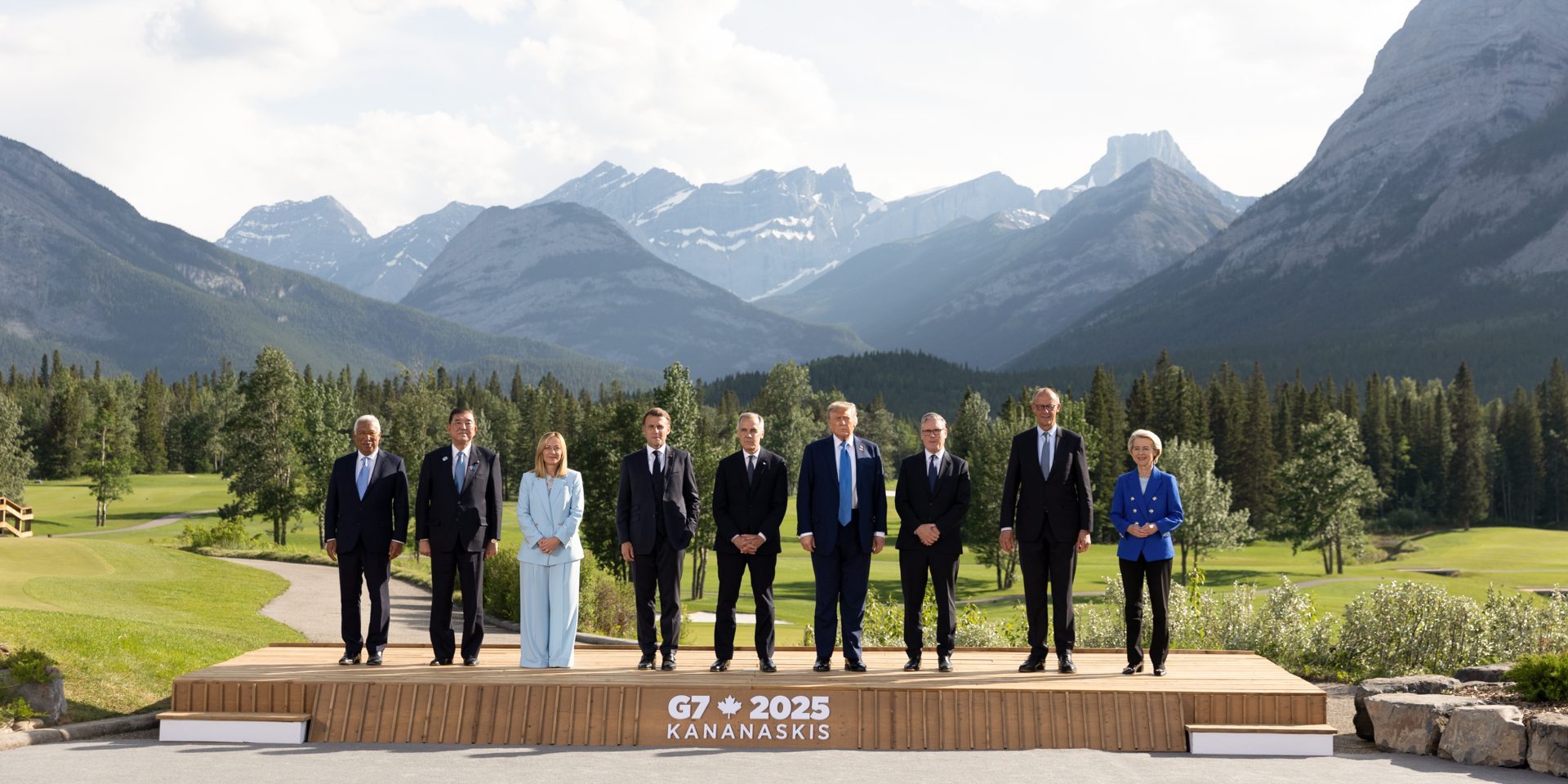
BANFF, ALTA.—The Group of Seven closed its leaders’ summit without coming to an agreement on support for Ukraine.
The heads of the leading democratic economies came to the picturesque Rocky Mountain town of Kananaskis, Alta., for a two-day summit on June 16-17.
Prior to the onset of the festivities, Canada decided against releasing a traditional joint communiqué, instead opting for a series of joint statements on specific subjects.
The first statement was released on June 16 on the escalating Israel-Iran conflict. On June 17, there were an additional six statements, including on a critical mineral action plan, on a common vision for the future of quantum technology, on addressing migrant smuggling, on the group’s concern for transnational repression, on artificial intelligence, and on the development of the Kananaskis Wildfire Charter.
Prime Minister Mark Carney (Nepean, Ont.) also released a chair’s statement summing up the event’s key points.
The final day of the summit took place without Donald Trump as the American president headed back to Washington, D.C., on June 16 to address the escalating crisis between Israel and Iran.
Carney convinced Trump to join the G7 leaders’ statement on the crisis, according to a senior official.
The statement affirmed Israel’s right to self-defence, asserted the importance of protecting civilian life, and maintained that Iran can never develop a nuclear weapon.
When Trump departed, so did the concerns that he may upend the proceedings in Kananaskis, which was increasingly the subject of Canadian trepidation.
But Trump’s presence—or lack thereof—was felt in the missing joint statement on the G7’s approach to continued support for Ukraine.
According to a Canadian official, no joint statement on the Russia-Ukraine conflict was ever drafted for the leaders as it wasn’t deemed feasible to find detailed language on which all G7 members agree, so the intention was always to address Ukraine in Carney’s chair summary.
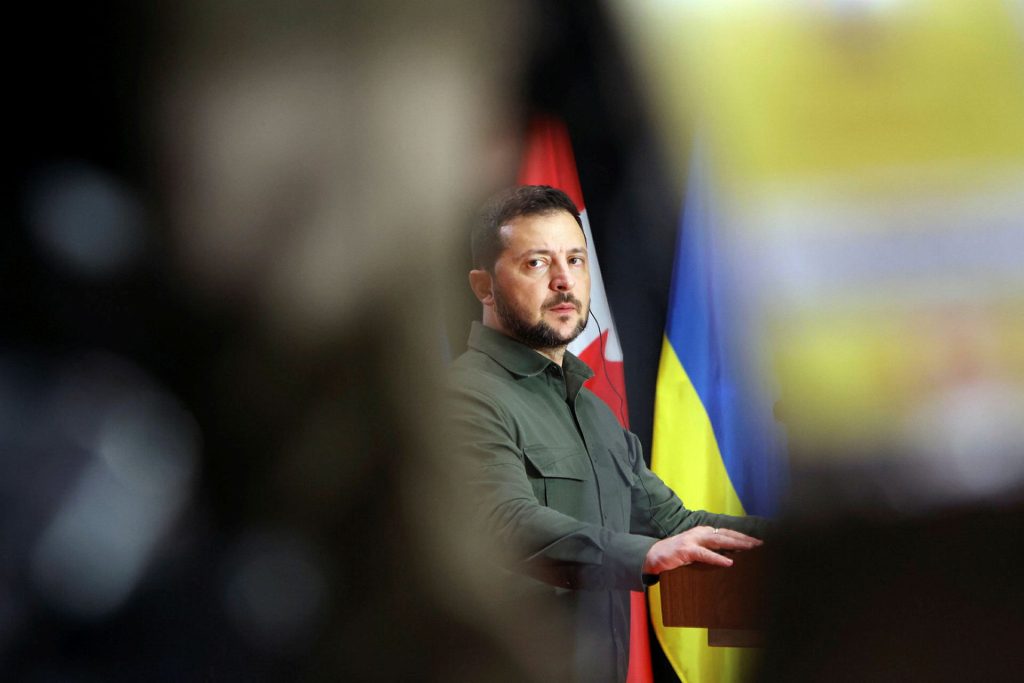
Ukrainian President Volodymyr Zelenskyy joined the G7 for the final day of the summit where there was a working breakfast session on “a strong and sovereign Ukraine.”
It has been more than three years since the Russian invasion of Ukraine. Since coming to office, Trump has broken with the group’s consensus of ardently supporting Kyiv. Zelenskyy was unable to continue to press his case with the U.S. leader as planned due to Trump leaving the summit early before the Ukrainian president’s arrival.
Carney’s chair summary noted that that “G7 Leaders expressed support for President Trump’s efforts to achieve a just and lasting peace in Ukraine. They recognized that Ukraine has committed to an unconditional ceasefire, and they agreed that Russia must do the same. G7 Leaders are resolute in exploring all options to maximize pressure on Russia, including financial sanctions.”
Before his June 16 bilateral meeting with Carney, Trump erroneously blamed former prime minister Justin Trudeau and former U.S. president Barack Obama for Russia’s expulsion from the then-G8, asserting that the war in Ukraine wouldn’t have happened with Moscow still at the table. Trudeau was not in office when Russia was was expelled in 2014 after its annexation of Crimea.
During Carney’s bilateral June 17 meeting with Zelenskyy, Canada announced a series of measures to provide $4.3-billion in support for Ukraine. That includes $2-billion for the purchase of arms to donate to Ukraine, as well as a $2.3-billion loan.
Ukrainian Canadian Congress president Alexandra Chyczij said in a statement that “it is now more critical than ever that Canada and allies step up assistance to Ukraine.”
“Today’s announcement by Prime Minister Carney of additional Canadian support to Ukraine is an important step in this direction,” the statement reads.
Canada and India to reset diplomatic relationship
The second day of the summit included a much-anticipated meeting between Carney and Indian Prime Minister Narendra Modi. The Canadian prime minister came under heavy criticism for his decision to invite Modi following allegations of the Indian government’s involvement in extrajudicial killings on Canadian soil.
In a statement before their meeting, Modi said through a translator that Canada and India could work together to “strengthen democratic values,” remarking that under Carney’s leadership “we will be able to work together in a positive way, and take [the] India-Canada relationship forward.”
The allegations of India’s involvement in the 2023 murder of Hardeep Singh Nijjar in Surrey, B.C., led to a freeze in the Canada-India relationship and that of Modi and Trudeau.
According to the PMO readout of the meeting, the two leaders agreed to designate new high commissioners. Canada and India have been without envoys since expulsions over the Nijjar affair.
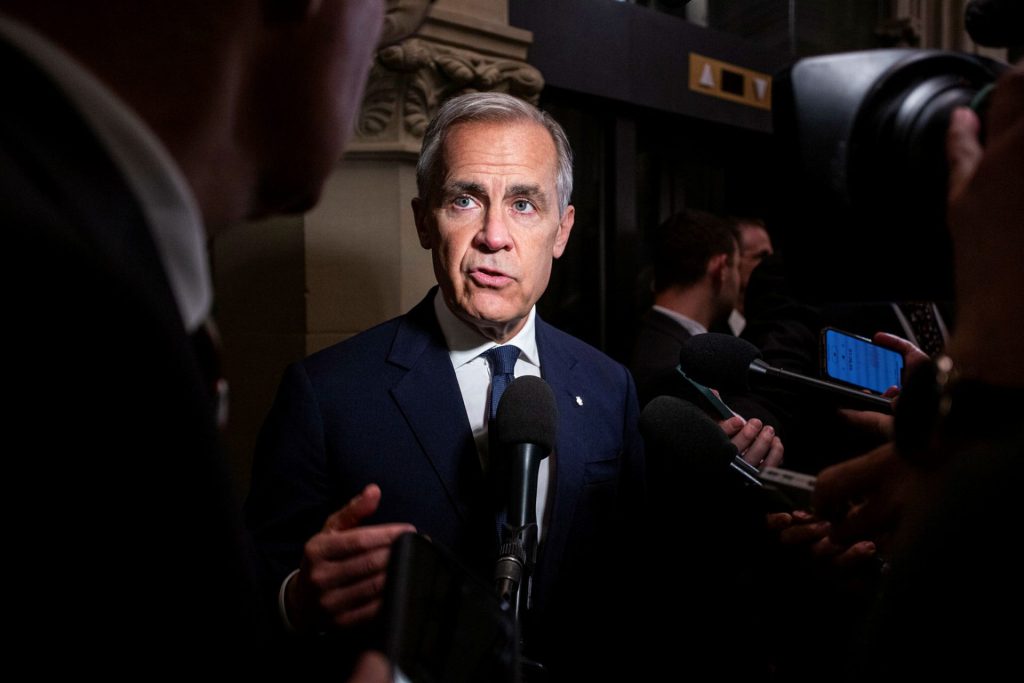
Carney and Modi “reaffirmed the importance of Canada-India ties,” according to the readout.
What did the G7 agree on?
The Kananaskis Wildfire Charter sets forth a broad range of initiatives that include technology and information sharing, as well as awareness initiatives, to address the rise of wildfires.
The critical mineral action plan is centred on diversification of “responsible production and supply of critical minerals, encouraging investments in critical mineral projects and local value creation, and promoting innovation.”
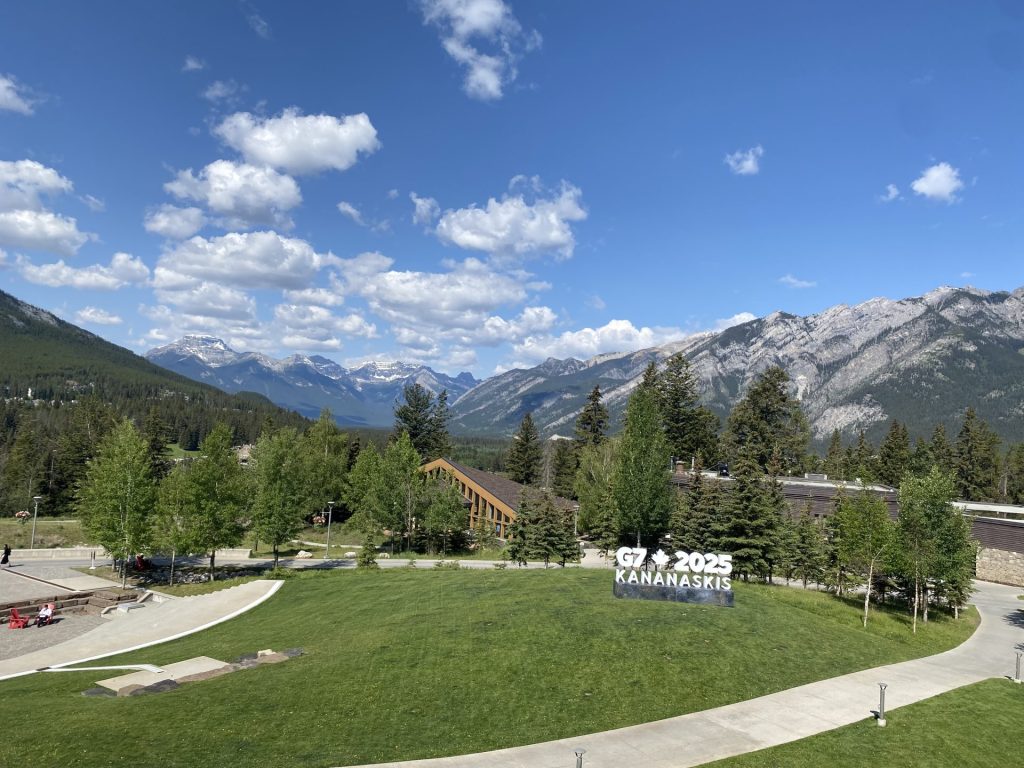
The agreement on quantum technologies promotes investment in their future, as well as promoting their “beneficial application.”
All leaders agreed to explore “innovative solutions that leverage financial intelligence” to seek out criminal actors, as well as strengthen border management.
The Group of Seven condemned all acts of transnational repression, including “threats or acts of physical violence such as harassment, assault, abduction, or assassination.”
On artificial intelligence, the leaders agreed to drive economic growth through the use of AI by small- and medium-sized businesses.
International development drops off agenda
Aid organizations are panning the G7 for failing to come together to support humanitarian assistance efforts.
“There are a number of other ongoing crises and humanitarian disasters that we really think could’ve had attention,” said Kate Higgins, chief executive officer of Cooperation Canada.
She said that the need for humanitarian assistance is escalating around the world.
“For that issue to not be on the G7 Leaders’ Summit agenda, particularly when Canada has a tradition and a legacy of really stepping up on development when we have the G7 presidency,” Higgins told The Hill Times at the G7 media centre in Banff prior to the release of the joint statements.
She said that it was 23 years ago in Kananaskis when Canada helped guide forward the African Action Plan, which addressed peace and security, development, and trade.
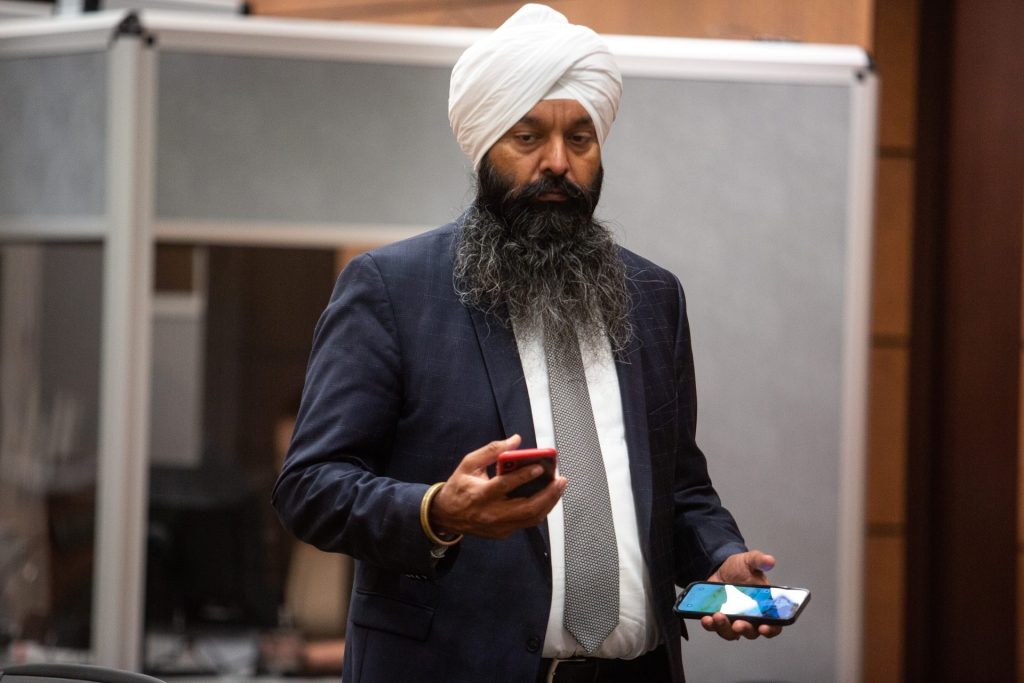
“Here we are over 20 years later where these issues aren’t getting the attention that they deserve,” she said.
With a sharp focus on tariffs and the economy, Higgins said Canada as G7 chair has a responsibility to ensure that other important topics are on the agenda, like human rights and humanitarian crises.
Oxfam Canada said in a statement that the summit fell short of what was needed.
“Oxfam is deeply concerned by the outcomes of the G7 Summit in Kananaskis,” the non-governmental organization said in a release after the statements were made public, arguing that the Group of Seven missed a chance to push for peace in the Middle East.
“This G7 did little in Kananaskis to tackle the world’s multiple crises and instead it further helped to enable a global culture of impunity when it could have committed to concrete actions to prioritize people’s lives over profit and power.”
nmoss@hilltimes.com
The Hill Times






 LICENSING
LICENSING PODCAST
PODCAST ALERTS
ALERTS













